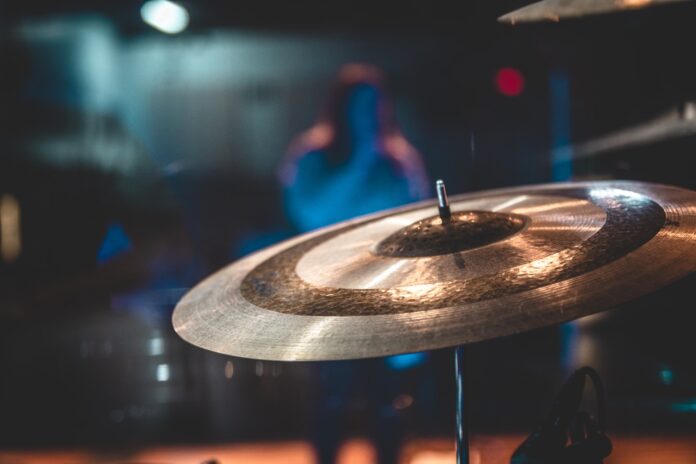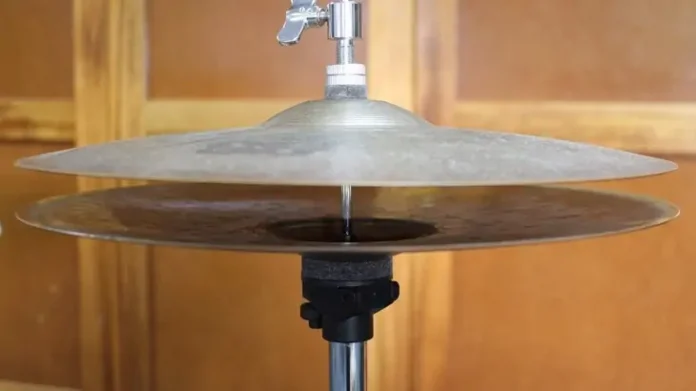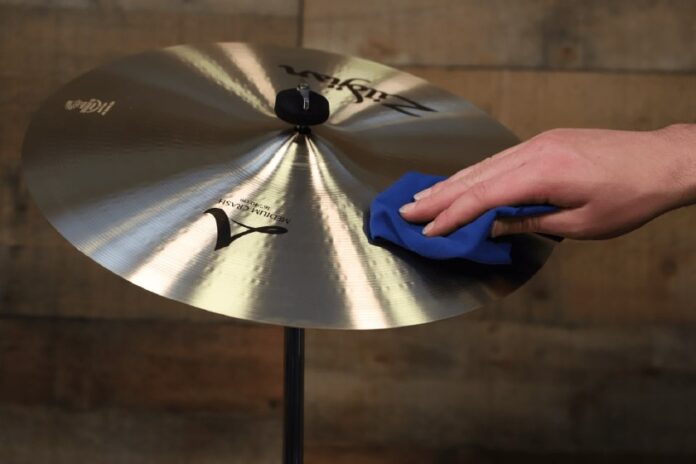
Now and then, new drummers decide to enter a vast drumming scene, and some of them are at the exact beginning. They start looking for different parts of their upcoming drumset, and things become complicated very fast. That is precisely how it is when you decide to buy your first cymbals.
Before buying cymbals, you need to consider everything from quality, types of cymbals, how much the price affects the quality, what you must buy first, how many cymbals you need, and how to clean them. Also, buying a case for it would be helpful since this will make transporting them a lot easier, protect them from excessive damage, and even make you look more professional.
You won’t have an easy time buying your first cymbals, so you need to pay more attention to not make any stupid mistakes. You need to consider some things before even thinking about purchasing anything. Below is a detailed guide on what you need to know before buying cymbals.
Cymbal quality

Bronze is the most used material in the process of making. More often than not, bronze is made from tin and copper and only sometimes contains metals like silver. The two most common types of bronze used are B20(80% copper and 20%tin) and B8(92%copper and 8%tin).
If you need to choose between these two, always go with B20 since it has the better sonic quality and is generally used more than the B8. B8 isn’t a wrong decision either since it has been used throughout history across different styles of music.
Types of Cymbals
There are four main types, and those are:
- Crash
- Ride
- Hi-hat
- Effect
Crash Cymbals

Crash cymbals are known for their explosive sound that is not long in duration. These have different sizes, but the most common ones typically range from 14″ to 18″. The general recommendation for beginners is to go with a 16″. Remember that the thicker the material is, the higher the pitch.
Ride Cymbals

Ride cymbals are there to give a quick and distinct sound. Here, sizes range anywhere from 18″ to 26″, and maybe the best place for beginners to start is a 20″ or 22″.
Hi-Hats

These are generally sold in pairs, where the bottom cymbal is thicker than the top one — the thinner the material, the lower the pitch. Sizes range from 12″ to 14″. For beginners, 13″ or 14″ are probably the best to start your drumming adventure.
Effects Cymbals

These are the only cymbals that are unnecessary at the start. However, if the budget allows you to buy them, choose between China, trashcan lid tone, and Splash cymbals, quick and high-frequency shimmer.
Correlation Between Price and Quality
The general rule here is: You get what you pay for. However, don’t be tied to this since it isn’t always the case that the most expensive option is the one with the most quality.
Beginner cymbal sets range from $100 to $400, intermediate sets from $400 to $700, and professional ones from $700 to $2000.
Good advice and a general recommendation are to stay below the $400 threshold since you don’t need more advanced sets if you are a complete beginner.
What is to Buy First?
You don’t need to have every piece of drumming equipment initially.
If you are a beginner, you should only have a single ride, one or two crashes, and, most often, a good set of hi-hats.
That’s about it.
Price-wise, you can get all this for about $200, but if you have a bigger budget, feel free to spend up to $300. You can buy these either online or in your local store.
If you have the local store selling previously mentioned things, go there, try them yourself, and then buy them.

The case for your Cymbals
The case is probably the most overlooked piece of equipment you need to buy in the beginning. A good quality leather case will protect your cymbals from any damage and make them last longer. However, if you are transporting those more often, a hard case is a better solution since it will give better protection. Sometimes, a case with wheels will be a go-to option if your cymbals are too heavy. Don’t spend more than $50 on your first case.
How many Cymbals do you need?
That’s a tricky question since these can be easily compared to the diverse range of artists’ colors. Artists will always seek to bring new colors to their paintings, which is how it is with cymbals. Different options will bring in different textures, and you will always want to experiment more.
However, since we are talking about the beginning, you should stick to the abovementioned ones and only buy more cymbals as you gradually gain more experience and increase your budget.

Cleaning Cymbals
Regularly cleaning these is very important since clean cymbals give a bright sound and look shiny compared to dirty ones, which have a darker sound. A primary cleaning method with water and detergent will be enough for starters.
However, as you advance, you can start using different household items for cleaning, such as toothpaste, lemon, vinegar, or even ketchup. If you take care of your cymbals properly, they will last longer and produce a consistent sound.
For additional info on cleaning, check this link: https://drumthat.com/how-to-clean-cymbals.
Conclusion
Being a beginner is always challenging, and the things you need to know before buying your first cymbals are as follows:
- The quality of the cymbals
- How the price impacts the quality
- What you must buy first
- How many cymbals do you need
- How to clean them
- Why do you need a quality case for your cymbals
Taking all this into consideration, as a beginner, isn’t easy. However, it is crucial if you want to make your first purchase successful. Remember that you should not spend more than $400 on your first cymbal set if you are a beginner.
Finally, regular cleaning and a good-quality cymbal case will make your cymbal last longer and have consistent sound quality.











